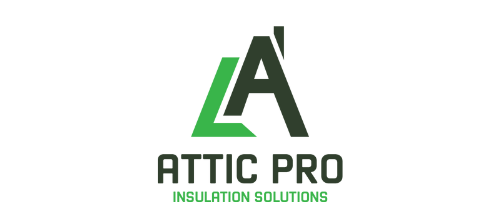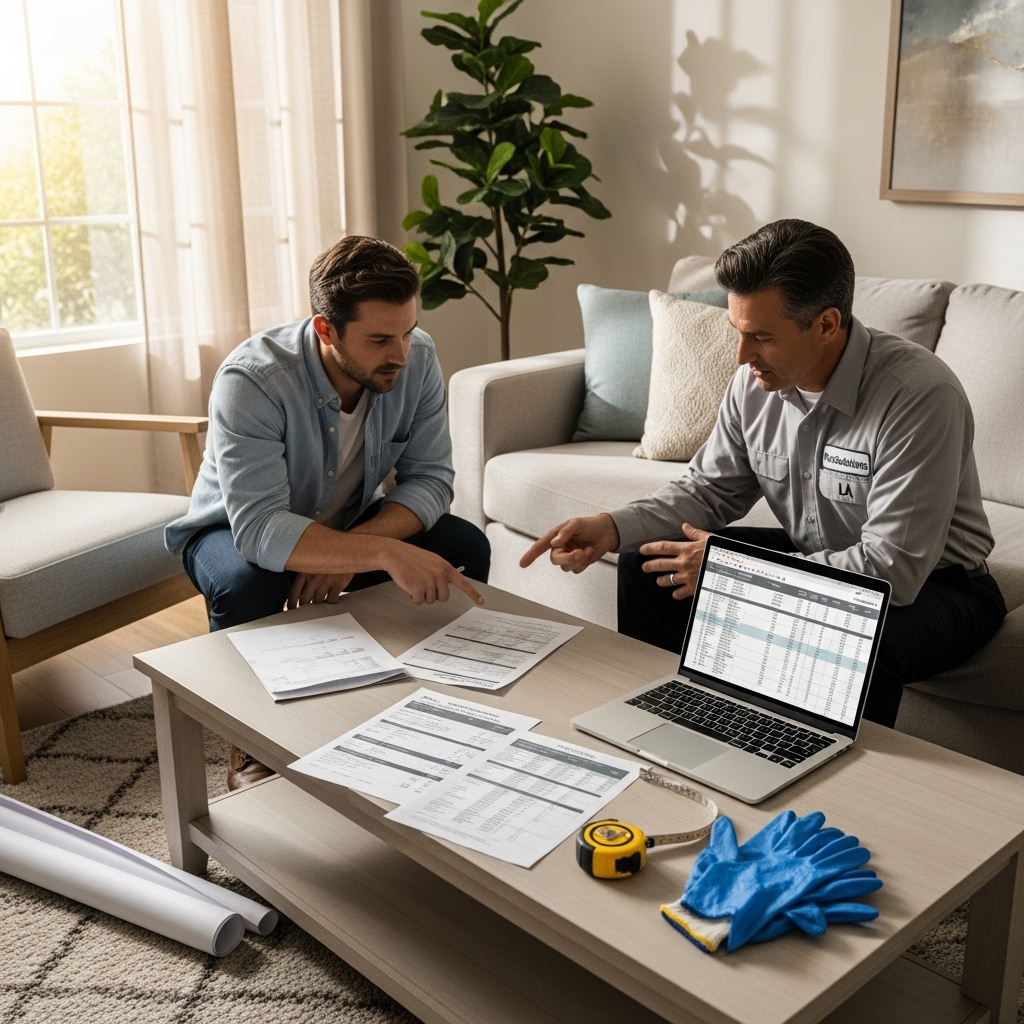Navigating rodent sanitation companies in Los Angeles, California can be challenging, especially when you are trying to understand the many factors that influence overall investment. This guide explains what shapes the scope of work, how providers structure services, and which decisions you control that can optimize results. In a city with diverse housing—from craftsman homes to high-rise condos—every project has variables. To orient yourself before calling providers, it helps to understand the standard process and the elements that make a job more or less complex. As you compare options, grounding your evaluation in established best practices for rodent sanitation will help you make an informed decision that prioritizes health, safety, and long-term protection.
Rodent sanitation is distinct from trapping or exclusion. It addresses the contamination left behind—droppings, urine, nesting materials, and associated odors. The extent of this contamination, along with property layout and access, largely shapes the work required. Because no two homes are exactly alike, focusing on scope and method rather than generalized expectations will give you a clearer picture of what a thorough cleanup entails.
The Core Components of Rodent Sanitation
Understanding the typical steps will help you evaluate proposals and align expectations.
- Inspection: A detailed look at attics, crawlspaces, garages, utility areas, and any interior spaces with evidence of activity.
- Containment: Measures to prevent debris and particulates from spreading to clean areas.
- Removal: Collection and safe handling of droppings, contaminated materials, and debris.
- HEPA Filtration: Use of equipment to capture fine particles for safer cleanup.
- Disinfection: Application of disinfectants to neutralize bacteria and reduce odors.
- Selective Replacement: Targeted removal and replacement of materials, such as heavily soiled insulation.
- Documentation: Photos and summaries that verify the work performed.
Some companies offer optional services like odor neutralization or additional ventilation improvements. While optional, these may be recommended in cases with longstanding contamination or sensitive household members.
Factors That Influence Scope
Los Angeles properties vary widely. Here are the most common elements that shape the scope and complexity of a sanitation project:
- Size and Access: Larger attics and low-clearance crawlspaces require more time and careful maneuvering.
- Extent of Contamination: Heavy droppings, nesting pockets, and urine-marked surfaces increase the level of effort.
- Material Types: Old insulation, porous wood, and stored items can absorb odors and harbor bacteria.
- Structural Features: Multiple levels, vaulted ceilings, and labyrinthine utility runs add complexity.
- Environmental Conditions: Heat, moisture, and ventilation all influence the approach and timeline.
- Integration with Exclusion: Coordinating with entry-point sealing and monitoring can streamline long-term outcomes.
By noting these variables in your home, you will be better prepared to discuss scope during an inspection.
How Companies Assess Your Property
Reputable sanitation providers begin with inspection and documentation. They may ask for photos or perform an onsite visit to confirm contamination, identify access challenges, and determine whether any materials require replacement. They will outline the sequence of work, equipment used, and the roles of each team member. Expect recommendations for combining sanitation with exclusion if that has not been addressed yet.
A clear project plan typically includes containment measures, HEPA vacuuming, removal of contaminated materials, disinfection protocols, and ventilation strategies. If you have a particular concern—such as protecting a nursery, limiting disruption to a home office, or timing around family schedules—raise those early so they can be incorporated into the plan.
Understanding Scope Categories
Although each job is unique, many proposals cluster into common scope categories. Recognizing these will help you compare apples to apples when reviewing multiple proposals.
- Localized Cleanup: Targeted removal and disinfection in limited areas like a utility closet or under-kitchen cabinet voids.
- Attic-Focused Sanitation: Removal of droppings and contaminated insulation, disinfection of rafters and joists, and odor control in the attic space.
- Crawlspace Remediation: Cleanup under the home with special attention to soil disruption, vapor barriers, and ducting.
- Whole-Property Approach: A combined plan for attic, crawlspace, garage, and interior areas with documented contamination.
- Follow-Up Visits: Post-sanitation checks or additional deodorizing when initial conditions were severe.
When you receive proposals, review which category best describes the plan and confirm that it addresses all known sites of contamination.
Project Timeline and Logistics
Timelines can range from a single day for limited cleanup to multiple days for whole-property work. Logistics in Los Angeles can affect scheduling, such as parking constraints, steep hillside access, or limited crawlspace clearance. Ensure your provider allocates time for setup, containment, methodical removal, and thorough disinfection. Ask for a start-to-finish outline so you can plan household routines accordingly.
What You Can Do to Optimize Outcomes
Homeowners have several levers to improve efficiency and results during sanitation.
- Clear Access: Move stored items away from attic hatches and crawlspace entries.
- Coordinate Timing: Schedule sanitation after active trapping has resolved and before new entry points develop.
- Communicate Sensitivities: Note any health concerns so the team can tailor their approach.
- Support Ventilation: Ask whether post-service aeration is recommended to speed odor dissipation.
- Follow Prevention Steps: Maintain sealed food storage, manage waste, and monitor for new activity.
By preparing your space and aligning timing, you can help the team focus on thorough cleanup rather than navigating obstacles.
Evaluating Company Credentials
Look for providers who emphasize safety, clear communication, and proven methods. Ask about team training, the types of disinfectants used, and whether they follow recognized guidelines for contamination cleanup. Request references or case examples for homes similar to yours, and ensure the proposal details each step. Photo documentation both before and after work is a strong sign of professionalism.
Comparing Proposals Without Guesswork
When proposals vary, align them to the same checklist: inspection scope, containment, HEPA vacuuming, material removal, disinfection, ventilation, documentation, and coordination with exclusion. This standardized comparison highlights differences in approach and helps you make a confident decision. Midway through your evaluation, it can be useful to benchmark against established practices in rodent sanitation so that you focus on outcomes rather than marketing terms.
Odor and Air Quality Considerations
Odor neutralization is a key part of returning a home to normal. Deep contamination in porous materials can release odors over time, especially during hot weather. Ask providers how they address odor at the source and what they recommend if smells persist. Enhancing ventilation and, where recommended, replacing heavily contaminated materials usually accelerates recovery of indoor air quality.
Attic and Crawlspace Nuances in Los Angeles
Many LA homes were built with distinctive features that affect sanitation. Attics may combine multiple insulation types, and older homes can have open chases that connect to living areas. Crawlspaces sometimes include limited clearance, older piping, or ductwork that demands careful maneuvering. Discuss how your provider will navigate these conditions and protect building systems during cleanup.
Documentation and Peace of Mind
Thorough documentation—a written summary and photos—gives you confidence and a record for future maintenance. It also simplifies communication if you plan to coordinate with an exclusion specialist later. Clear documentation helps you verify that the agreed scope was completed, reducing uncertainty.
Frequently Asked Questions
What triggers the need for professional sanitation? If you discover droppings, urine markers, nesting materials, or persistent odors—especially in attics or crawlspaces—professional cleanup reduces health risks and removes attractants that could encourage re-entry.
How long does a typical project take? Timelines vary by scope and access conditions. The provider should specify setup time, cleanup phases, and recommended ventilation afterward.
Can I handle some tasks myself? You can clear access, reduce clutter, and manage food storage. However, droppings and contaminated materials are best handled with professional containment and HEPA filtration.
Will sanitation solve future rodent issues? Sanitation removes contamination and odors. Pairing it with exclusion and prevention creates long-term protection.
Is insulation replacement always necessary? Not always. The decision depends on contamination levels, material condition, and odor persistence. Your provider will advise whether spot or full replacement is appropriate.
What happens if odors linger? Persistent odors usually mean deeper contamination in porous materials. Additional ventilation, targeted cleaning, or selective replacement can resolve it.
Putting It All Together
Choosing a rodent sanitation company in Los Angeles is about aligning scope with your home’s reality and selecting a team that executes a proven, safe process. Focus on method, documentation, and how the plan integrates with prevention. Clear expectations and open communication help ensure a smooth experience and lasting results.
Start Protecting Your Home Today
When you are ready to move forward, look for a provider that emphasizes inspection, containment, HEPA filtration, and careful documentation. Ask for a step-by-step plan that reflects your property’s layout and unique needs. To anchor your next step with a trusted resource in rodent sanitation, schedule an evaluation and begin restoring your home’s comfort and safety.

